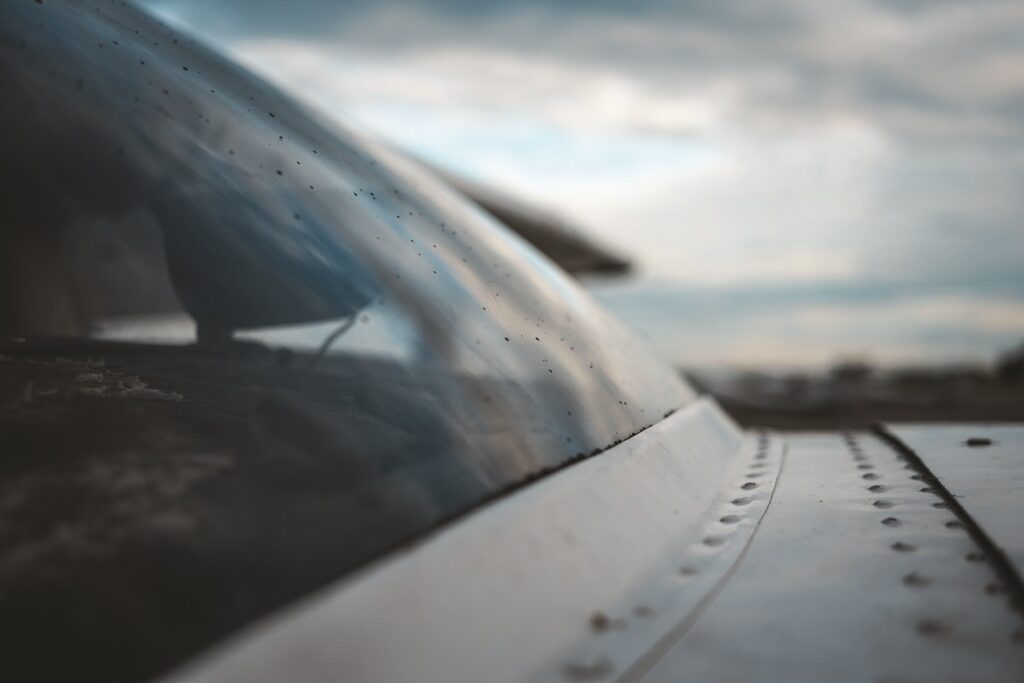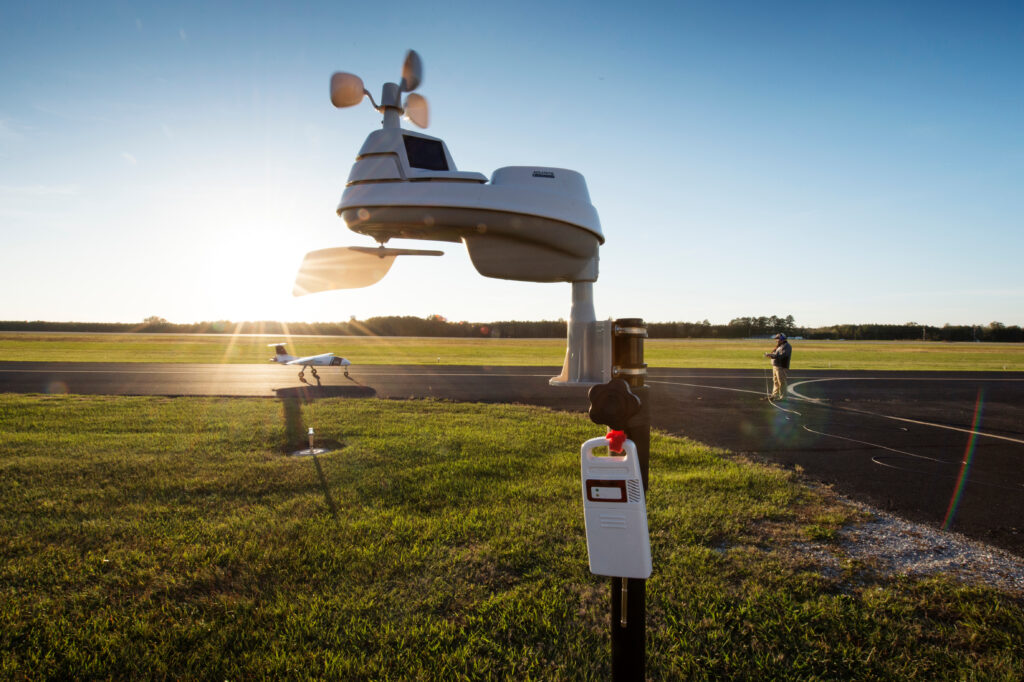RELATED CAPABILITIES:
Airborne Collision Severity Evaluation – Structural Impact (A16_A11L.UAS.60)
Conventional 14 CFR system safety analyses include hazards to flight crew and occupants that may not be applicable to unmanned aircraft. However, UAS operations may pose unique hazards to other aircraft. The effect of an airborne collision between a UAS and a manned aircraft is a concern to the public and government officials at all levels. While the effects of bird impacts on airplanes are well documented, little is known about the effects of more rigid and higher mass UAS on aircraft structures and propulsion systems. Preceding work was focused on Narrow Body Commercial Aircraft and Business Jets operating under FAR 25 requirements. For this next progression of Airborne Collision Severity Evaluation work, three major research areas have been identified:
- Identify the probability of impact deflection due to boundary layer interactions.
- Evaluate the severity of small UAS collisions with Rotorcraft.
- Evaluate the severity of small UAS collisions with General Aviation.
POC:
Gerardo Olivares Ph.D
Director | Senior Research Scientist
Computational Mechanics and Crash Dynamics Laboratories
National Institute for Aviation Research
Wichita State University
Email: Gerardo.olivares@wichita.edu
Phone: 316.680.1817
Discussion:
Volume V: UAS Airborne Collision Severity Evaluation: Assessment of sUAS Defections due to Aerodynamic Interaction with a 14 CFR Part 25 Commercial Aircraft
The research presented in this report addresses the question of whether or not a sUAS would be deflected prior to impact with a large transport aircraft. Using Computational Fluid Dynamics (CFD) methods coupled with a six-degrees-of-freedom (6-DOF) solver, it was determined that the vertical deflections were not large enough for the sUAS to deflect away from the intended impact location for any of the three impact locations. It was also determined that the final orientation of the sUAS at impact differed slightly from the initial orientation.
Volume VI: UAS Airborne Collision Severity Evaluation – 14 CFR Part 29 Rotorcraft
This report analyzes airborne collision scenarios between a 1.2 kg (2.7 lb.) quadcopter sUAS and a 1.8 kg (4.0 lb.) fixed-wing sUAS with a 14 CFR Part 29 rotorcraft. Detailed finite element models of the sUAS and the rotorcraft validated through NIAR’s Building Block approach have been used to reduce the time and costs associated with physical testing at the full-scale level.
Volume VII: UAS Airborne Collision Severity Evaluation – 14 CFR Part 23 General Aviation
This report analyzes airborne collisions scenarios between a 1.2 kg (2.7 lb.) quadcopter sUAS and a 1.8 kg (4.0 lb.) fixed-wing sUAS with a 14 CFR Part 23 general aviation aircraft. Detailed finite element models of the sUAS and the general aviation aircraft validated through NIAR’s Building Block approach have been used to reduce the time and costs associated with physical testing at the full-scale level.






